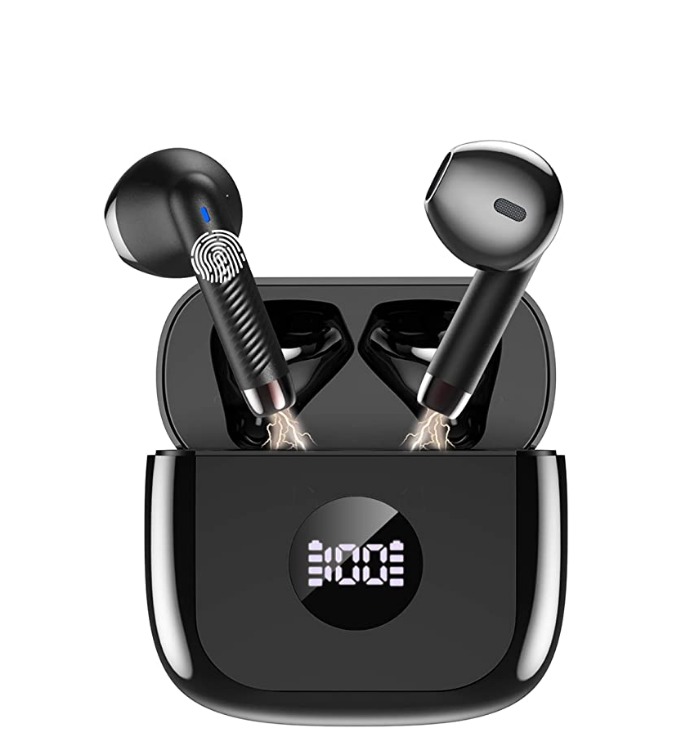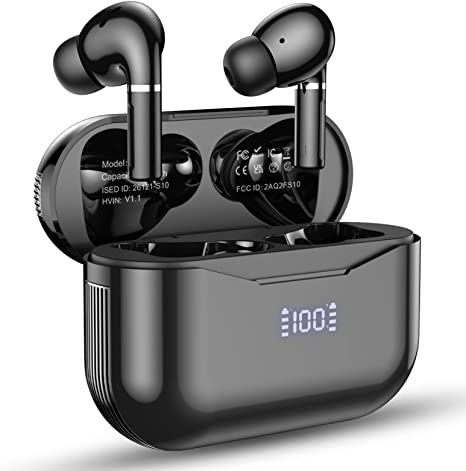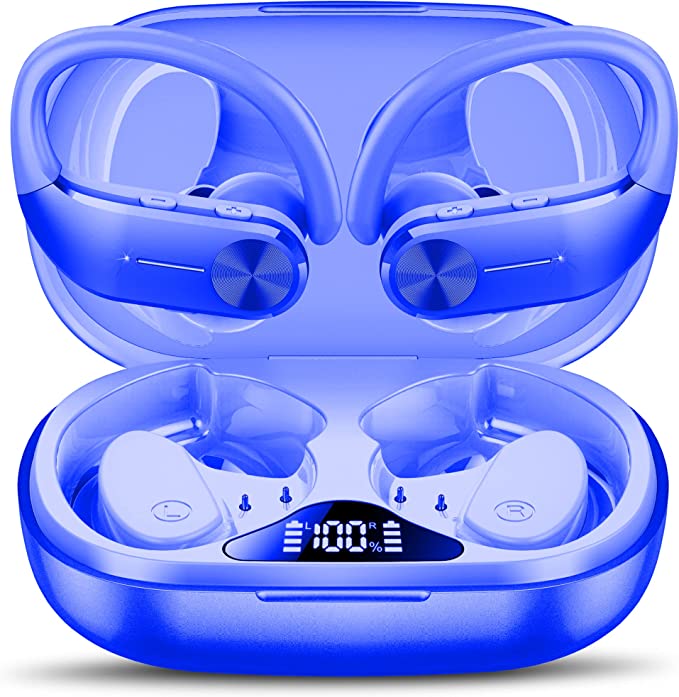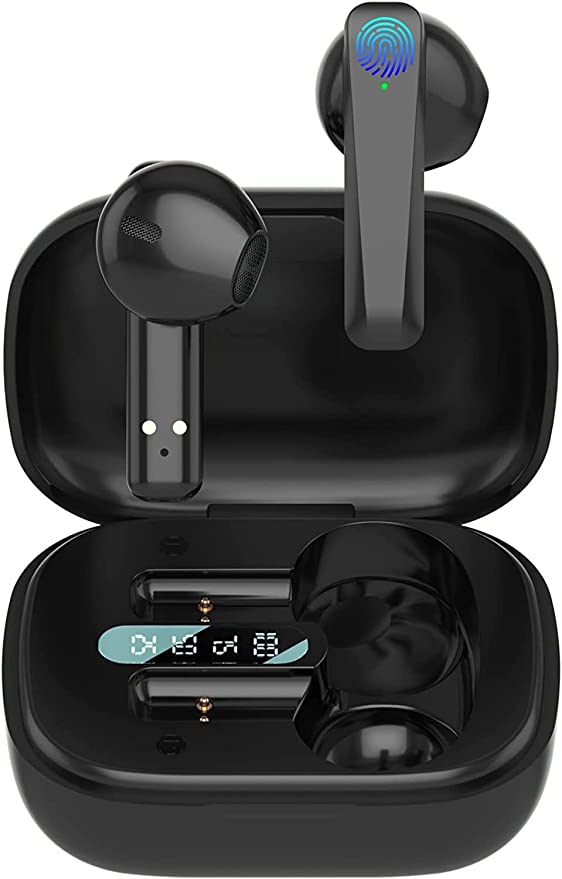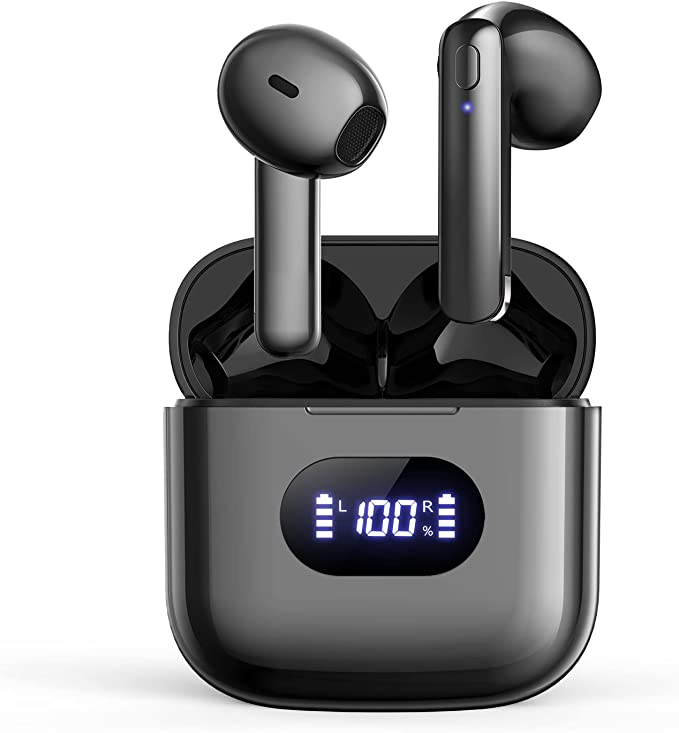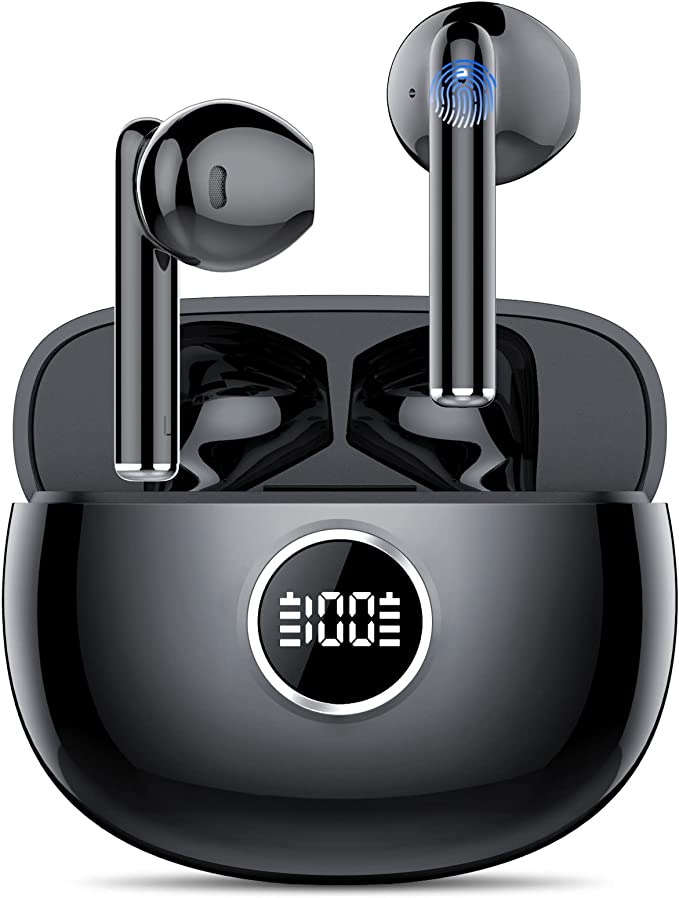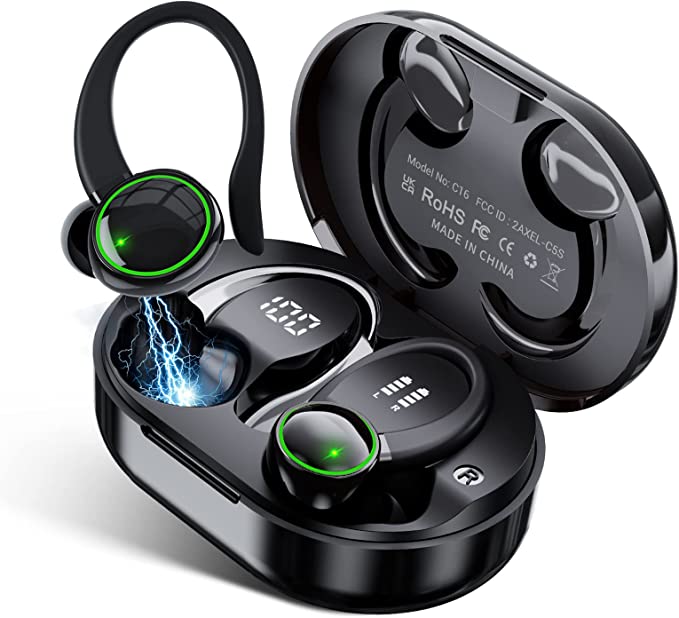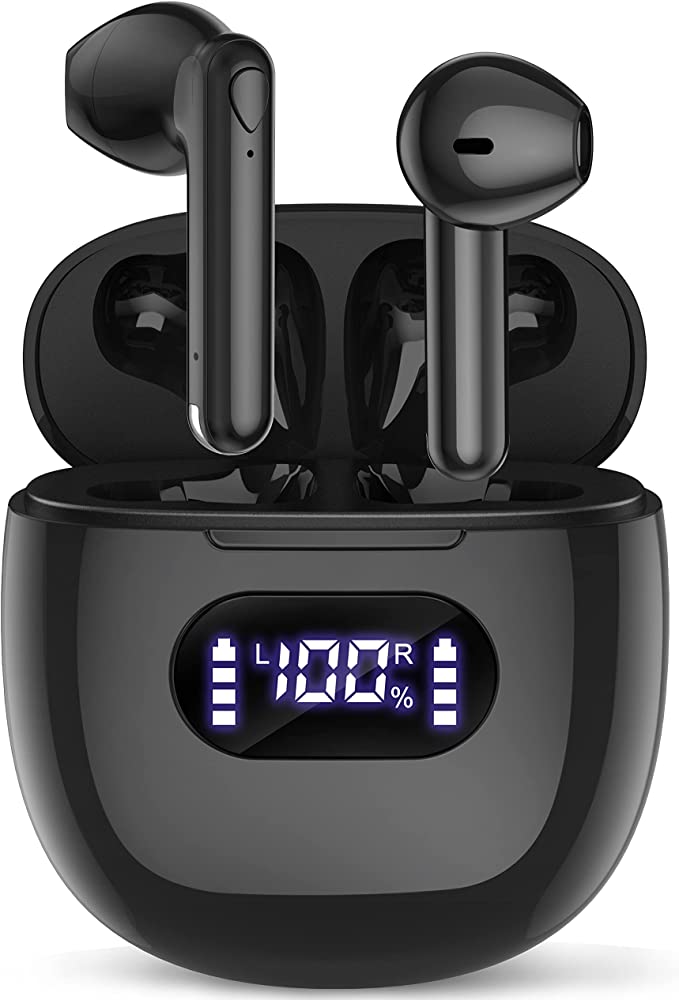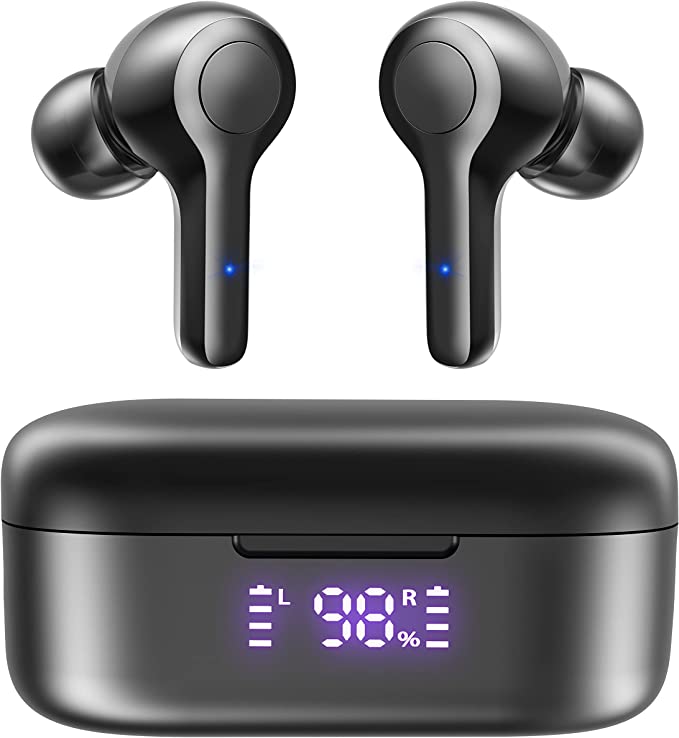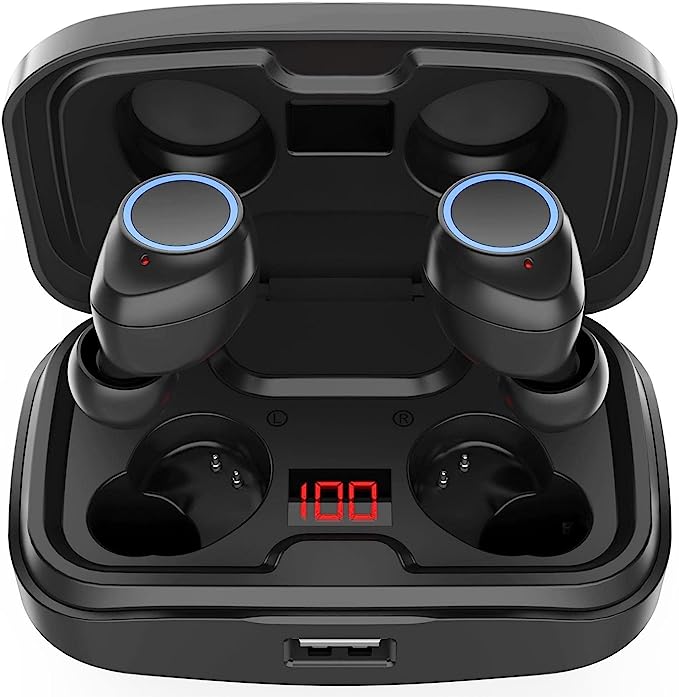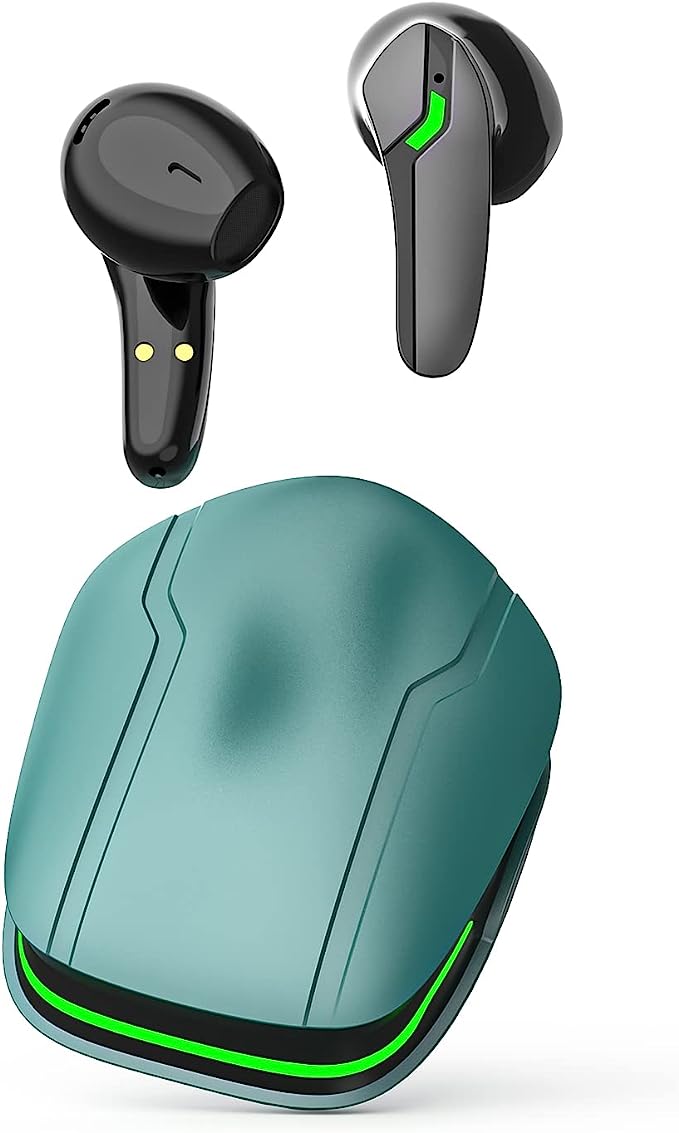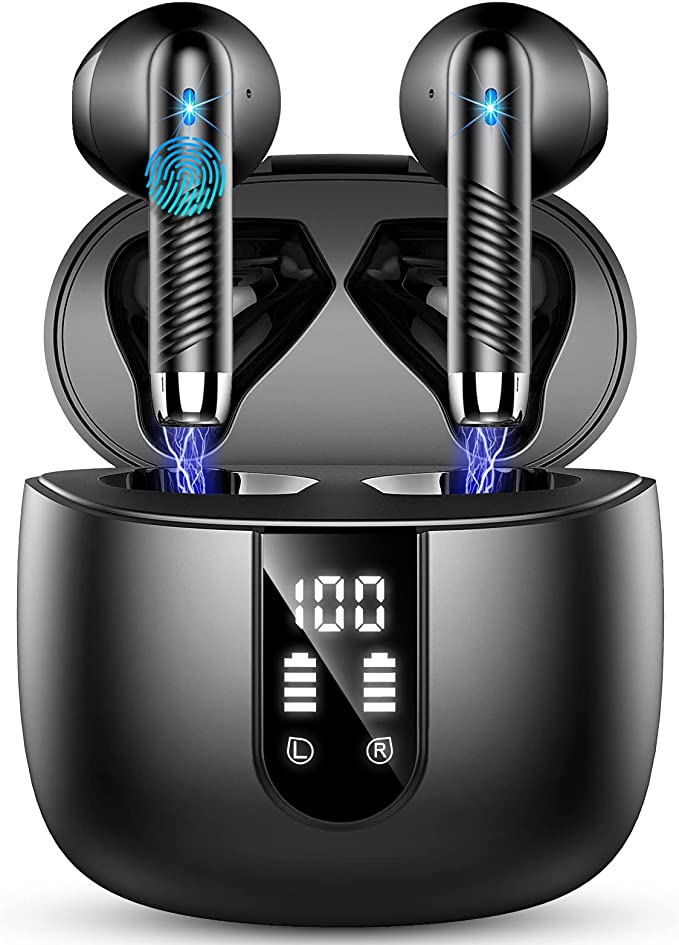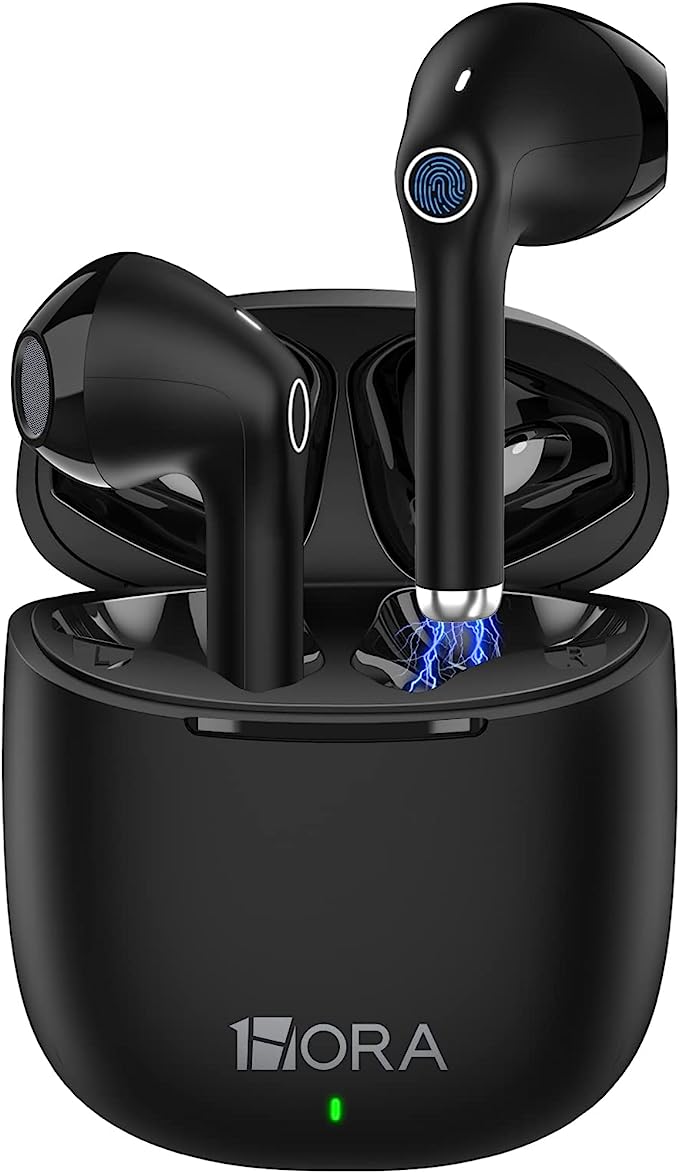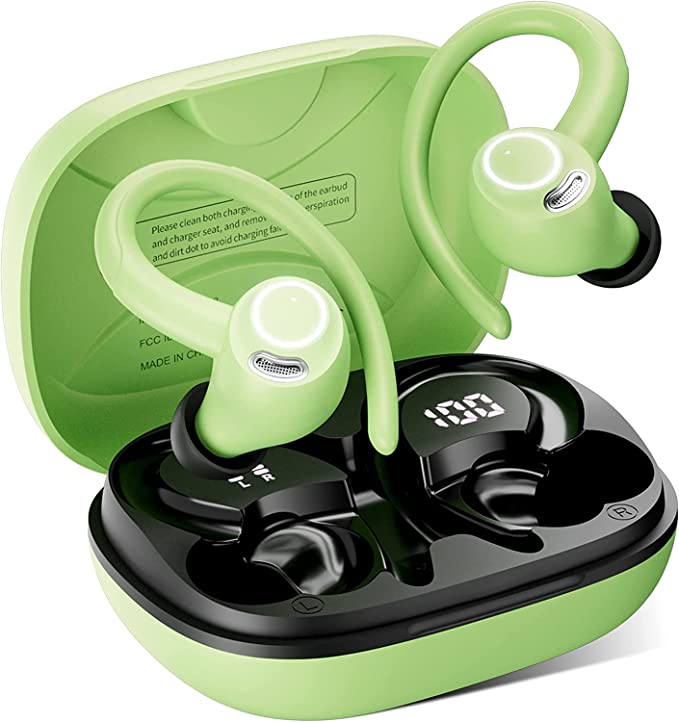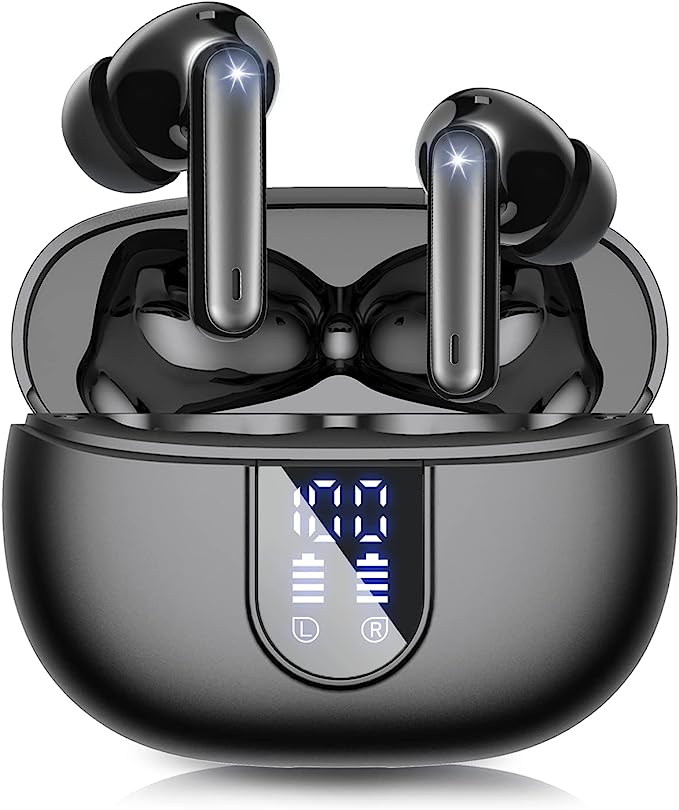Basiter EC-J72 Earbuds: Unlocking the Science of Sound
Update on Feb. 17, 2025, 6:31 a.m.
The Sound of Science: More Than Just Music
We live in a world saturated with sound. From the gentle hum of a refrigerator to the soaring crescendo of an orchestra, audio is an integral part of our daily experience. But how often do we stop to consider the intricate science that allows us to capture, transmit, and reproduce these sounds, especially when it comes to something as seemingly simple as a pair of wireless earbuds? Today, we’ll explore the technology behind the Basiter EC-J72 wireless earbuds, not just as a product, but as a window into the fascinating world of audio engineering.

Emily’s Commute: A Symphony of Signals
Imagine Emily, a young architect, starting her day with a crowded subway commute in Chicago. The rumble of the train, the chatter of fellow passengers, the screech of brakes – it’s a cacophony of noise. But Emily slips on her Basiter EC-J72 earbuds, and the chaos fades, replaced by the crystal-clear voice of her favorite design podcast host. This isn’t magic; it’s the result of a sophisticated dance of digital signals and wireless technology, primarily thanks to Bluetooth 5.3.
Bluetooth, in essence, is a short-range wireless communication protocol. Think of it as an invisible cable connecting your earbuds to your phone. But unlike a physical cable, Bluetooth uses radio waves to transmit data. Version 5.3, the latest iteration, is like upgrading from a bumpy dirt road to a superhighway. It offers several key advantages:
- Enhanced Connection Stability: Bluetooth 5.3 employs advanced techniques to minimize interference from other wireless devices, resulting in fewer dropped connections. This is crucial in crowded environments like a subway car, where numerous devices are competing for bandwidth. The connection direction finding feature also played a role in improving stability.
- Lower Latency: Latency refers to the delay between when a sound is sent and when you hear it. Bluetooth 5.3 significantly reduces latency, making it ideal for watching videos or playing games where even a slight delay can be disruptive.
- Reduced Power Consumption: Bluetooth 5.3 is more energy-efficient than its predecessors, contributing to longer battery life for both your earbuds and your phone.
But how does the audio itself get transmitted? This is where digital audio codecs come into play. The Basiter EC-J72, like most Bluetooth earbuds, likely uses the SBC (Subband Coding) codec. SBC is a mandatory codec for all Bluetooth audio devices, ensuring compatibility. It’s a lossy compression algorithm, meaning it discards some audio data to reduce file size. While SBC is perfectly adequate for casual listening, audiophiles might prefer codecs like AAC (Advanced Audio Coding), which is commonly used by Apple devices and offers slightly better sound quality at similar bitrates. It’s worth noting that while the provided information doesn’t explicitly confirm AAC support on the EC-J72, many modern earbuds offer it alongside SBC.

The Heart of the Beat: Decoding the Dynamic Driver
The ability to transmit audio wirelessly is impressive, but the real magic happens inside the earbuds themselves, specifically within the dynamic driver. This tiny component is responsible for converting the electrical signals received from your phone into the sound waves that reach your ears. It’s the heart of the earbud, and understanding how it works reveals a fascinating interplay of physics and engineering.
Imagine a miniature loudspeaker. That’s essentially what a dynamic driver is. It consists of three main parts:
- Diaphragm: A thin, lightweight membrane, often made of plastic or a composite material. This is the part that actually vibrates to create sound waves.
- Voice Coil: A coil of wire attached to the diaphragm. When an electrical current passes through the coil, it creates a magnetic field.
- Magnet: A permanent magnet surrounds the voice coil. The interaction between the magnetic field generated by the voice coil and the permanent magnet causes the voice coil (and thus the diaphragm) to move back and forth.
This back-and-forth movement of the diaphragm pushes and pulls the air, creating pressure waves that our ears interpret as sound. The frequency of these waves determines the pitch of the sound (high frequency = high pitch, low frequency = low pitch), and the amplitude (size) of the waves determines the loudness.
The Basiter EC-J72 features a 10mm dynamic driver. The size of the driver is significant. Generally speaking, a larger driver can move more air, resulting in a more powerful and richer sound, particularly in the bass frequencies. While smaller drivers might be more portable, the 10mm size strikes a good balance between portability and sound quality, especially for earbuds in this price range.

Sweat, Rain, and Rock & Roll: Understanding IPX5
Back to Emily. After work, she heads to the park for a run. It’s a humid day, and she’s working up a sweat, but she doesn’t worry about her earbuds. They’re IPX5 waterproof, meaning they’re designed to withstand the elements. But what does that “IPX5” actually mean?
IPX ratings are a standardized system for classifying the degree of protection a device offers against intrusion from solids (like dust) and liquids (like water). The “X” in IPX5 indicates that the device hasn’t been tested for solid particle protection. The “5” indicates its level of water resistance.
Specifically, an IPX5 rating means the device can withstand water jets from any direction. This is tested using a nozzle that sprays water at the device from various angles for a specified period. So, Emily’s sweat, a light rain shower, or even an accidental splash from a water bottle won’t harm her Basiter EC-J72 earbuds. However, it’s crucial to remember that IPX5 is not the same as being fully waterproof. Don’t try swimming with these earbuds – they’re not designed for submersion.

Powering Your Playlist: The Battery Behind the Bass
Emily’s day is long, but her earbuds keep up. The Basiter EC-J72 boasts a total battery life of 30 hours, including the charging case. This impressive longevity is thanks to the advancements in lithium-ion battery technology.
Lithium-ion batteries, the workhorses of most portable electronics, store energy through the movement of lithium ions between two electrodes: an anode (typically made of graphite) and a cathode (typically a lithium metal oxide). When the battery discharges (powering your earbuds), lithium ions flow from the anode to the cathode, releasing energy. When you charge the battery, the process reverses.
The 30-hour figure is a combined total. The earbuds themselves likely hold a charge for several hours (the exact number isn’t specified in the provided information), and the charging case acts like a portable power bank, allowing you to recharge the earbuds multiple times before needing to plug the case itself into a power source. The case uses a Type-C charging port, which offers faster charging speeds compared to older USB standards.

Beyond the Specs: The Human Element of Sound
While technical specifications are important, they don’t tell the whole story. The Basiter EC-J72 earbuds are also designed with the human element in mind. Their ergonomic design and light weight (just 4g per earbud) ensure a comfortable and secure fit, even during vigorous activity. This is crucial for long listening sessions, whether you’re commuting, working, or exercising.
Furthermore, the intuitive touch controls allow for easy operation without needing to fumble with your phone. You can answer calls, adjust the volume, and control playback with a simple tap on the earbuds.
While the provided information doesn’t detail any specific noise-canceling features for the microphone, the “clear call” claim suggests that some form of noise reduction is likely employed to minimize background noise during phone calls. This could be achieved through passive noise isolation (the physical design of the earbuds blocking out some external sound) or through digital signal processing.
Although the provided information does not specify, these earbuds may be designed for “Single/Twin mode”. This versatile feature allows users to seamlessly switch between using both earbuds for stereo sound and using just one earbud for mono audio.

A Closing Note
The Basiter EC_j72 show good design. They are not perfect, but do provide a lot.
The Basiter EC-J72 wireless earbuds are more than just a convenient way to listen to music. They represent a convergence of scientific principles and engineering innovations, from the intricacies of Bluetooth communication to the physics of sound reproduction. They’re a testament to how far audio technology has come, and a reminder that even the smallest devices can contain a world of fascinating science.
